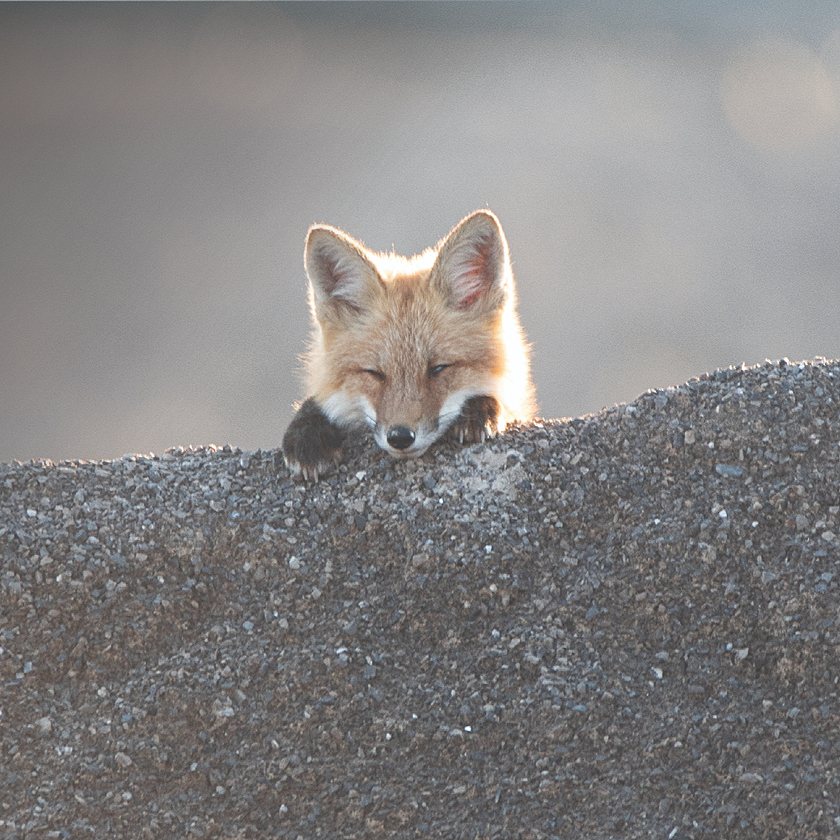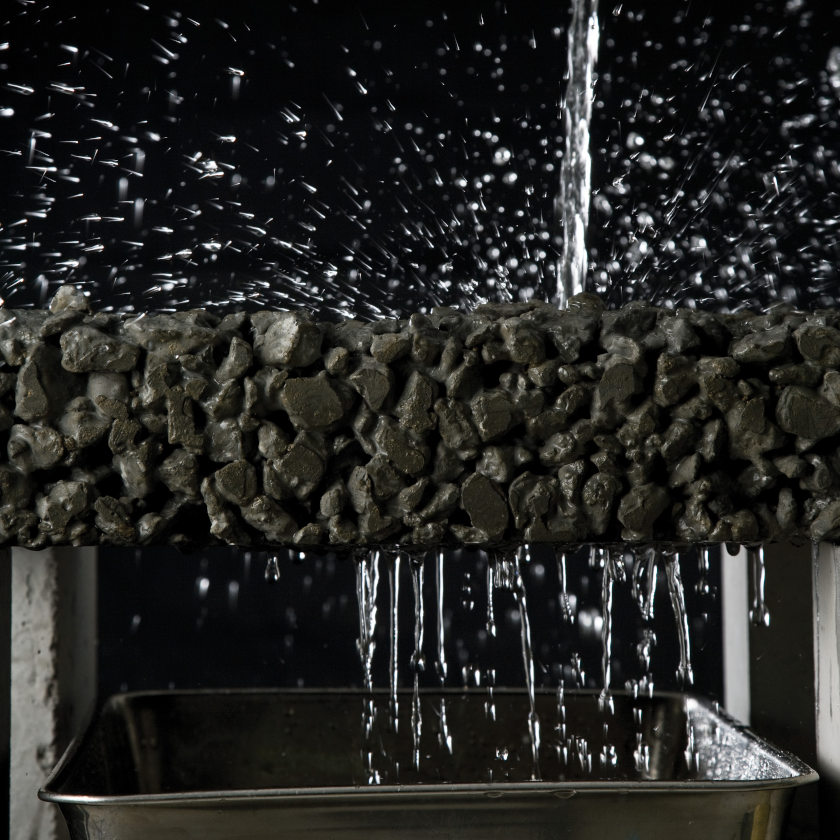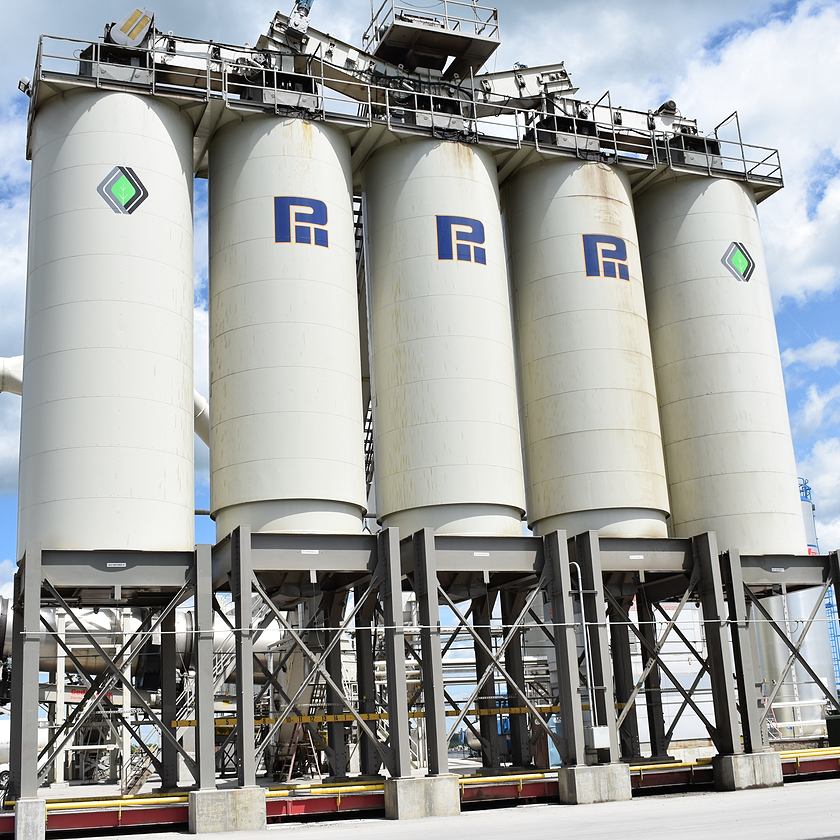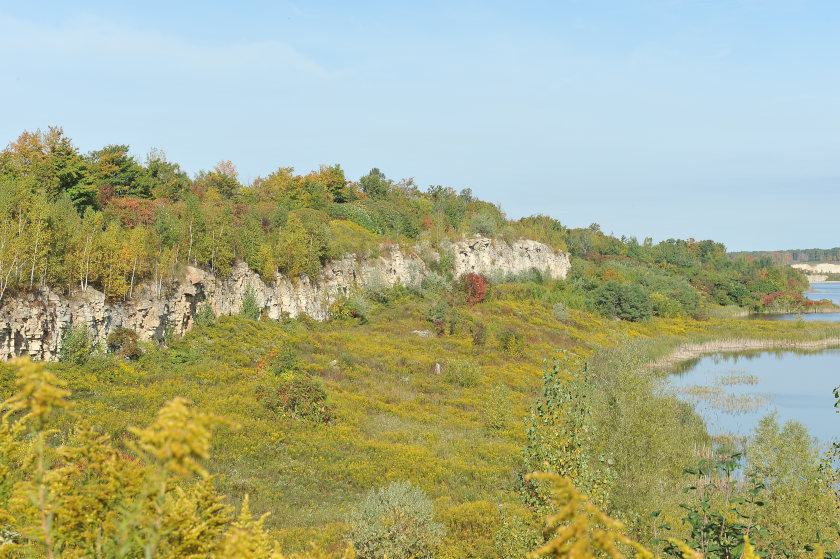Sustainability
Leading the way to a sustainable future for our business and the communities we operate in.
Our Commitment
We believe that a first-rate sustainability program isn’t the right way to do business, it’s the only way to do business.
We invest considerably in reducing our environmental impact in a number of ways, such as incorporating recycled materials into our asphalt production, creating programs to support local communities and adding to our growing roster of wildlife habitats on properties nationwide.

Our Environmental Policy
- Comply, at a minimum, with all applicable environmental legislation and continually improve our environmental stewardship
- Optimize our use of energy and resources through efficiency gains and recycling
- Ensure that our employees and contractors respect environmental responsibilities
- Promote environmentally driven product and process innovation and new business opportunities
- Proactively address the challenges and opportunities of climate change
- Be good neighbors in the many communities in which we operate
Our 2023 Performance
In 2023, we continued to make progress in decarbonizing our business, innovating to improve circularity and preserve resources, advancing climate resilience in the built environment and strengthening our inclusive and diverse culture.
 Decarbonization
Decarbonization
8% reduction in absolute Scope 1 and 2 CO2e emissions
 Circularity
Circularity
43.9 m tonnes of by-products and wasted from other industries recycled
 Water
Water
c.153 bn litres of water recycled at our operations
 Natural World
Natural World
585 of our locations noted and managed for biodiversity
 People & Communities
People & Communities
95% incident-free locations
 Responsible Business
Responsible Business
33,949 employees trained in our Code of Business Conduct
Here are some ways that we demonstrate our commitment to sustainability.
Porous Pavement
In keeping with its commitment to stay on the cutting edge, we install porous pavement, which allows rain to move through asphalt and into a rock layer placed below the pavement.

Warm Mix Asphalt
Asphalt mixtures are critical infrastructure building materials. They consist of a blend of about 95 percent stone and sand, heated and bound together with bituminous asphalt.
Warm Mix Asphalt (WMA) has been developed to lower the production and placement temperature of traditional Hot Mix Asphalt (HMA). It reduces energy consumption and plant emissions and increases the use of reclaimed asphalt pavement.

Land Reclamation
Aggregate extraction is an interim land use. Depleted areas are reclaimed for a new land use that blends with and complements adjacent lands. Reclamation efforts include farmland, natural areas and areas for residential, industrial and commercial development.

Habitat By Design
Biodiversity initiatives are focused on creating habitats that complement adjacent lands and enhance opportunities for attracting new native species.
This includes creating specific features for species of concern in our ecological programs. Projects include habitats for salamanders and amphibians, snakes, pollinators, migratory birds and turtles.
